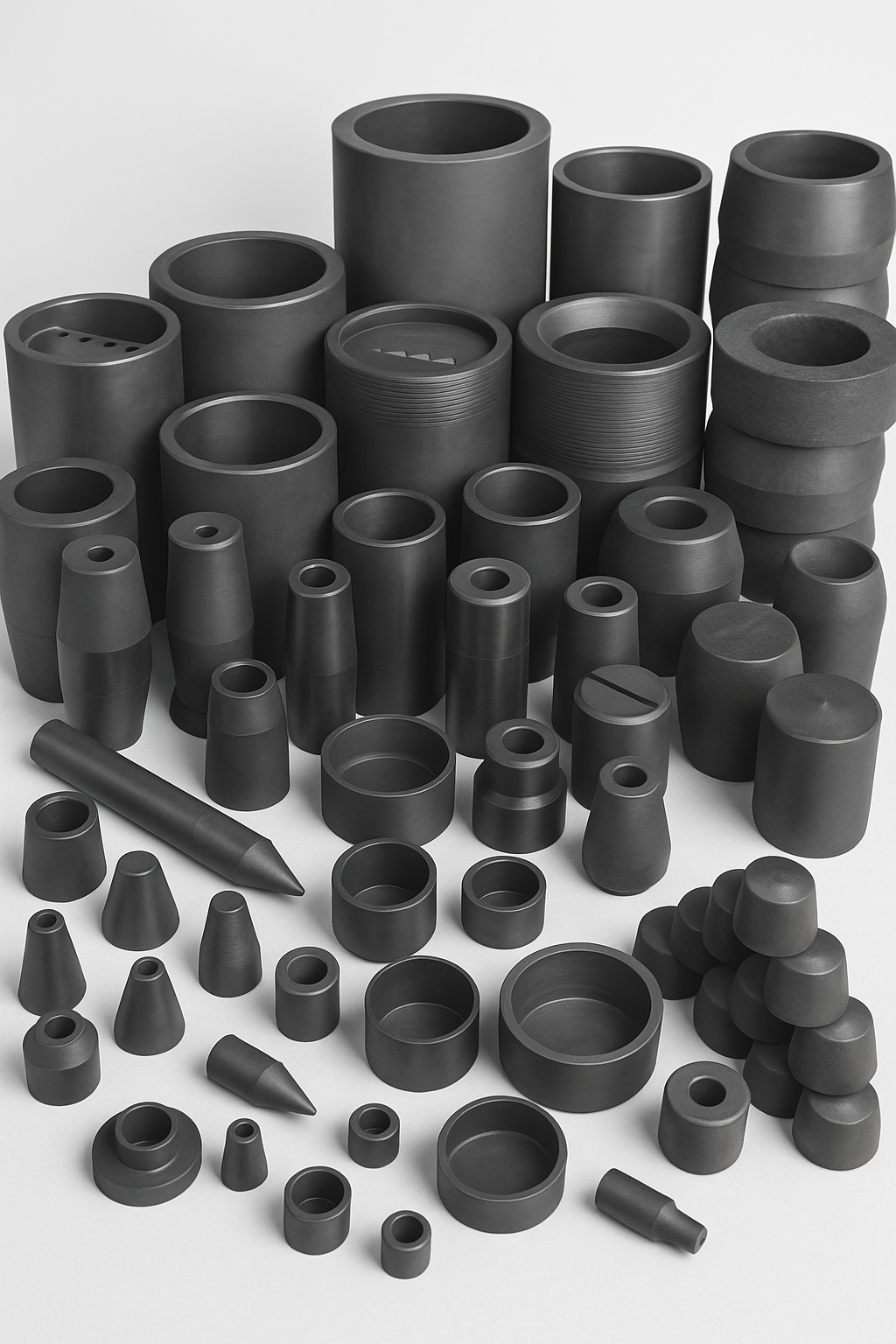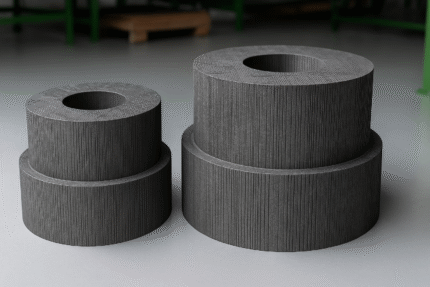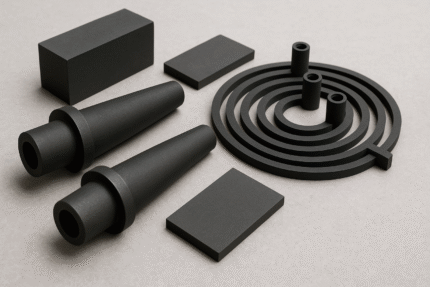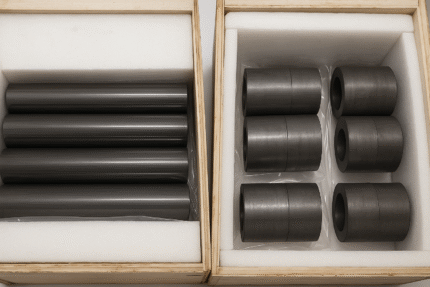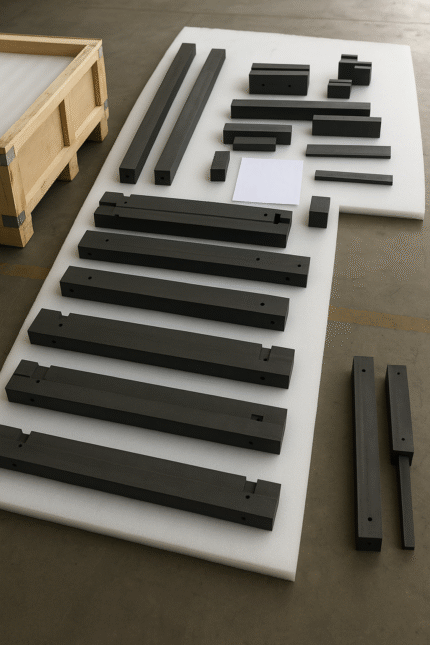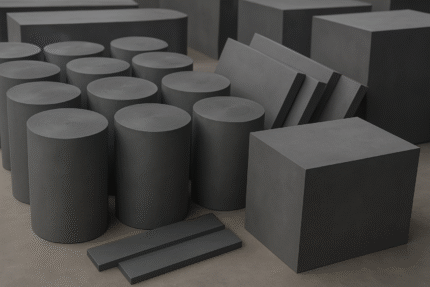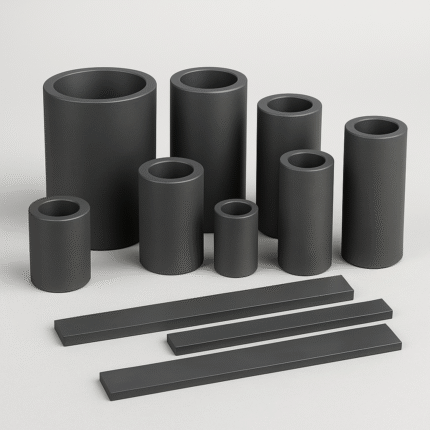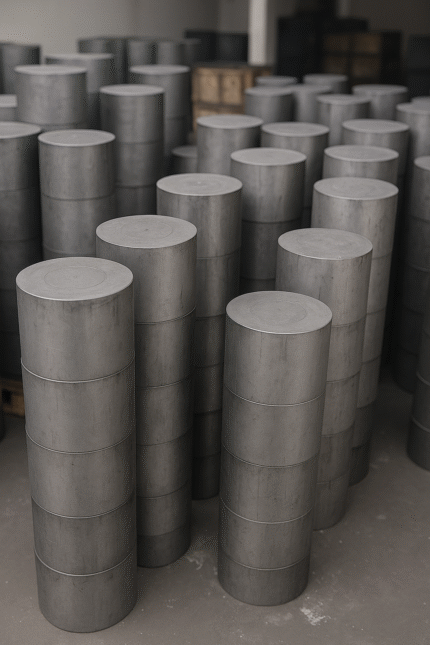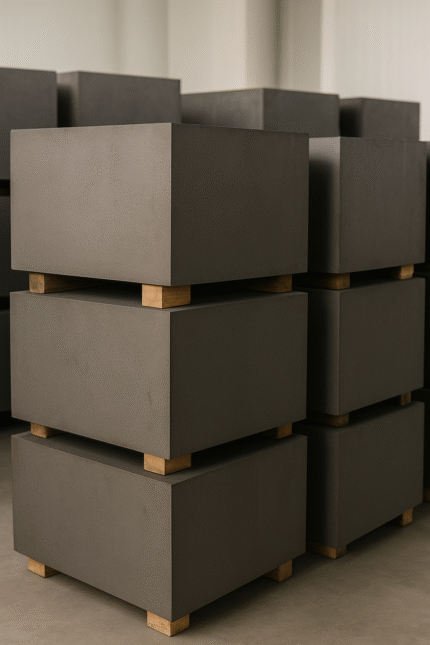- Graphites
- Isostatic Graphite
- Molded Graphite
- Extruded Graphite
- Vibration Graphite
- Mechanical Carbon Graphite
- Graphite Box for Anode Material
- CNC Machining Graphite Parts
- CNC Machining Graphite Parts
- Graphite Electrode
- Graphite Bipolar Plate
- Carbon Brush/Electric Brush
- High-Purity Graphite Powder for Lithium-Ion Battery Applications
- Graphite Hot Zone for PV
- Calcined Petroleum Coke
- Graphite Products for Glass Industry
- Graphite Crucible
- Graphite Pipe
- Graphite Rod/Block/Plate
- Expanded Graphite Powder – High Conductivity Grade BZ-20
- C-C Composites
- 2D
- 2D Carbon-Carbon Composite Sheets and Plates
- 2.5D Carbon-Carbon Composite Materials
- 3D Carbon-Carbon Composite Materials
- 4D / 5D Carbon-Carbon Composite Materials
- High-Density Carbon-Carbon Composite Materials
- Carbon-Carbon Composite Aircraft Brake Discs
- Carbon-Carbon Composite Heaters & Heating Elements
- Carbon-Carbon Composite Insulation Barrels & Blankets
- Carbon-Carbon Composite Moulds
- Carbon-Carbon Composite Screws & Studs
- Carbon Carbon Composite Crucible
- Carbon Carbon Composite U & L Profiles
- Carbon Carbon Composite Blocks
- Carbon Carbon Composite Racing Brake Discs and Pads
- Carbon Carbon Composite Rods, Tubes, and Pipes
- Carbon Composite Bolts and Nuts
- Carbon Ceramic Composite Materials and Precision Parts
- Pyrolytic Graphite
- Carbon Felt / Graphite Felt
Graphite Crucible
At BZNCarbon, we produce two main types of graphite crucibles:
Machined Graphite Crucibles (High-Purity Type)
Graphite Clay Crucibles (SiC Graphite Type)
Each type is tailored to meet specific industrial melting applications based on thermal and chemical performance requirements.
Category: Graphites
Tag: Graphite Crucible
Description
Why Graphite?
The primary material used in our graphite crucibles is natural crystalline graphite, which retains the excellent physical and chemical properties of natural graphite:
High thermal conductivity
High-temperature resistance
Low thermal expansion under heat
Strong thermal shock resistance
Excellent chemical stability in acidic or alkaline environments
Corrosion resistance and material purity retention
Applications
Graphite crucibles are widely used in:
Alloy and tool steel smelting
Non-ferrous metal casting (copper, aluminum, gold, etc.)
Metallurgy, chemical, foundry, machinery industries
Their flexibility in shape and size allows custom manufacturing without limits on batch size, making them ideal for specialized or high-volume production.
1) Machined Graphite Crucibles
Also known as high-purity crucibles, these are manufactured from:
Isostatic graphite
Molded graphite
Custom-made according to client drawings, they include:
Steel melting crucibles
Copper melting crucibles
Gold refining crucibles
Uranium salt graphite crucibles
Gold crucibles require materials with:
Bulk density > 1.85 g/cm³
Ash content < 50 ppm
Fine grain structure
Uranium salt crucibles are large-sized and made using multiple processes: extrusion/molding, roasting, impregnation, and graphitization. Typical sizes:
Φ400mm × 700mm
Φ500mm × 800mm
2) Graphite Clay Crucibles (SiC Graphite Crucibles)
These are made from a mix of graphite and silicon carbide (SiC) and are widely used for:
Melting copper
Melting aluminum
Other general-purpose metal casting
They are:
Low-cost
High-capacity
Manufactured using pressure-forming methods
Crucible Use Guidelines
Store in a dry area to prevent moisture absorption
Preheat gradually to 500°C before first use
Avoid overpacking to prevent cracking
Scoop melted metal instead of using tongs when possible
If tongs are used, their shape should match the crucible’s curve to minimize stress
Related products
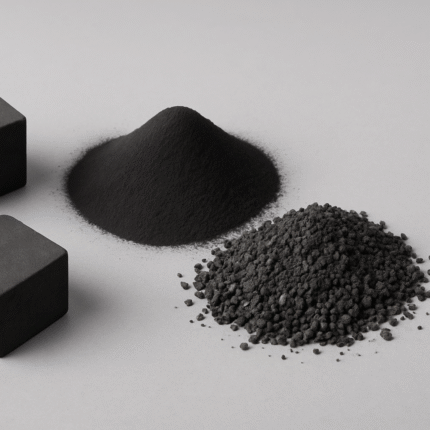
Select options
This product has multiple variants. The options may be chosen on the product page

